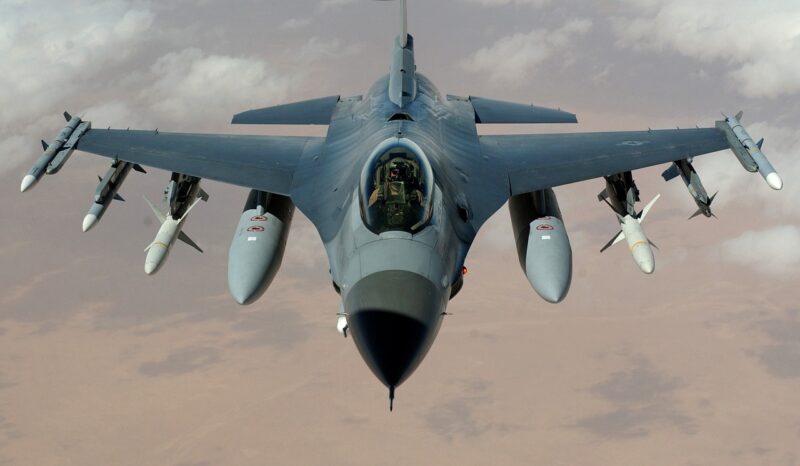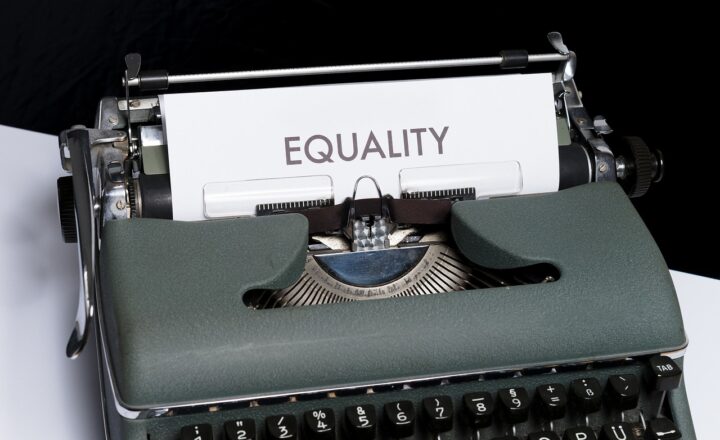The History of Peacekeeping Efforts and Their Impact on Global Politics
November 16, 2024

Peacekeeping has emerged as a critical tool in the international community’s toolkit for maintaining peace and security since the mid-20th century. Despite often being perceived as a secondary or even subordinate part of international relations, the intricacies of peacekeeping missions and their impacts on global politics cannot be understated. This article will provide a comprehensive history of peacekeeping efforts, delve into their successes and failures, and analyze their profound effects on global geopolitical dynamics.
1. The Birth of Modern Peacekeeping
The origins of modern peacekeeping can be traced back to the end of World War II and the establishment of the United Nations (UN) in 1945. The UN Charter aimed to prevent further global conflicts and establish mechanisms for conflict resolution.
The first true peacekeeping operation was the United Nations Truce Supervision Organization (UNTSO), established in 1948 to monitor the ceasefire following the Arab-Israeli War. This mission set a precedent for future peacekeeping efforts, emphasizing the need for impartiality and consent from the conflicting parties.
Peacekeeping operations primarily consisted of deploying military and civilian personnel to observe or enforce peace agreements, assist in disarmament, and provide humanitarian aid. The fundamental principles of UN peacekeeping include:
- Consent of the parties: Peacekeeping missions can only operate with the approval of the conflicting factions.
- Impartiality: Peacekeepers must remain neutral and unbiased to maintain their legitimacy.
- Non-use of force except in self-defense: Peacekeepers can only use their weapons to defend themselves and are generally prohibited from engaging in combat.
2. The Evolution of Peacekeeping Missions
As new conflicts emerged during the Cold War, the UN expanded its definition of peacekeeping to combine traditional monitoring missions with more robust and multidimensional operations. Key milestones in this evolution include:
– **The Congo Crisis (1960-1964):** United Nations Operation in the Congo (ONUC) was one of the first examples of a robust peacekeeping operation, involving thousands of troops deployed to restore order and protect civilians in a newly independent nation ravaged by civil strife.
– **The Suez Crisis (1956):** The first large-scale UN peacekeeping operation, known as the United Nations Emergency Force (UNEF), was deployed in response to the Suez Crisis, marking a paradigm shift in how the UN responded to conflicts.
– **The Multidimensional Approach:** In the 1990s, with conflicts in the Balkans and the Rwandan Genocide, peacekeeping evolved into multidimensional missions that included humanitarian assistance, military engagement, and support for political processes. This shift reflected the need for greater engagement in complex crises.
3. Key Peacekeeping Operations and Their Impact
Some peacekeeping missions have left indelible marks on global politics and the fabric of nations.
– **UNPROFOR (1992-1995):** The UN Protection Force deployed in the former Yugoslavia faced significant challenges. While it aimed to protect civilians during the Balkan conflicts, its limited mandate and lack of resources raised questions about the effectiveness of peacekeeping in the face of ethnic cleansing and war crimes. The aftermath led to institutional reforms in peacekeeping dynamics and mandates.
– **UNAMID (2007-Present):** The African Union/United Nations Hybrid Operation in Darfur aimed to mitigate humanitarian crises in Sudan amidst ongoing conflict. The complexities of the region revealed the limits of peacekeeping and the necessity for comprehensive political solutions, prompting international discussions on sustainable peace practices.
– **MONUSCO (2010-Present):** The peacekeeping mission in the Democratic Republic of Congo has seen substantial deployment over the years. Its extended presence emphasises the persistent instability in the region but also illuminates the UN’s continuing struggle to adapt to evolving security landscapes. The mission highlights both the potential and the limitations of peacekeeping in achieving durable resolutions.
These operations have not only shaped the countries involved but have also influenced global attitudes toward humanitarian intervention and the role of international organizations in conflict resolution.
4. Challenges and Criticisms of Peacekeeping Efforts
Despite the successes, peacekeeping faces numerous challenges and criticisms:
- Inadequate Resources: Many missions struggle with insufficient funding, troop shortages, and lack of vital equipment, which undermine their operational effectiveness.
- Political Obstacles: The complexities of political dynamics within conflict zones often complicate peacekeeping missions. In some instances, unilateral actions by major powers may contradict the UN’s objectives, creating disarray in mission effectiveness.
- Accountability Issues: Cases of misconduct by peacekeeping personnel have raised concerns over accountability and the credibility of peacekeeping operations. Scandals surrounding sexual exploitation and abuse have compelled the UN to implement more rigorous standards and oversight policies.
The continual reassessment of peacekeeping’s efficacy and its integration into broader security strategies is crucial to ensure the protection of vulnerable populations and the maintenance of global order.
5. The Future of Peacekeeping: Adaptation and Innovation
As global politics evolve, peacekeeping must adapt to new challenges. Key trends in the future of peacekeeping include:
- Increased Use of Technology: Innovations like drones, satellite surveillance, and artificial intelligence are slowly being integrated into peacekeeping operations to enhance efficiency and situational awareness in conflict zones.
- Partnerships with Regional Organizations: Growing collaborations with regional organizations such as the African Union and the European Union signify a shift towards cooperative security approaches, emphasizing local capacities and responses.
- Holistic Approaches to Peacebuilding: Future mandates must go beyond traditional peacekeeping and incorporate development, humanitarian aid, and robust political frameworks to address the root causes of conflicts and establish lasting peace.
Through these adaptations, peacekeeping can become a more effective instrument in contemporary conflict resolution, helping to foster a more stable and peaceful world.
Conclusion
The evolution of peacekeeping from its inception post-World War II to the complex multidimensional operations of today demonstrates its ongoing significance in global politics. While peacekeeping has faced numerous challenges, its impact on conflict resolution and international collaboration cannot be overstated. Ensuring the success of future peacekeeping efforts will require a commitment to enhancing operational capabilities, applying innovative solutions, and understanding the political intricacies of each conflict. As the world continues to navigate the complexities of international relations, effective peacekeeping remains a cornerstone of promoting stability and security for nations worldwide.








